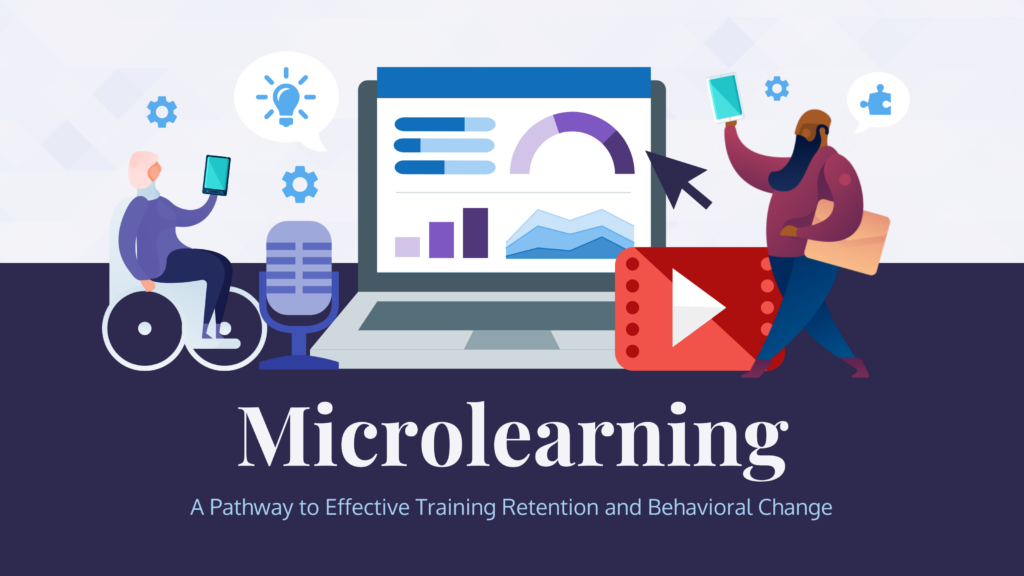Microlearning technology allows learners to learn new skills and information more quickly and efficiently. Microlearning helps students understand complicated concepts by breaking them down into smaller, more accessible bits. Thus, microlearning technologies can boost employee performance, retention, and happiness.
Microlearning maximizes engagement by customizing to individual learning preferences and requirements. Microlearning can reach more learners by offering a variety of material types including videos, quizzes, and interactive simulations. This keeps employees motivated and helps them recall and apply knowledge.
First, determine each training initiative’s learning objectives and intended results to enhance microlearning participation. This ensures that microlearning information is relevant, targeted, and connected with the organization’s goals.

Effectively Integrating Microlearning Technology into Your Learning Strategy
After setting learning objectives, microlearning content must be entertaining and easy to grasp. To encourage active involvement, multimedia components like photos, music, and video and interactive features like quizzes and simulations may be included.
An easy-to-use interface is another way to boost microlearning engagement. This involves making the microlearning site easy to browse and well-organized so learners can easily find the material they need. The platform should also be adaptable and available on smartphones and tablets so learners may access information whenever and wherever they choose.
Update and renew microlearning content to sustain engagement. New information, updated material, and new learning modules can address increasing skills gaps. Organizations may keep employees interested and learning by updating material.
Finally, to optimize the microlearning plan and show stakeholders the return on investment, track and assess its success. Monitor KPIs including completion rates, time spent on learning, and assessment scores, as well as student and management comments. Organizations may optimize their microlearning approach by examining this data.
Finally, incorporating microlearning technologies into an organization’s learning strategy demands a purposeful, engagement-focused approach.
Organizations can use microlearning technology to improve employee performance, retention, and satisfaction by setting clear learning objectives, designing engaging and accessible content, providing an intuitive user interface, regularly updating content, and tracking strategy effectiveness.
Microlearning technology will assist firms build the skills and knowledge needed to compete in the current business landscape as the workforce evolves and adapts.




